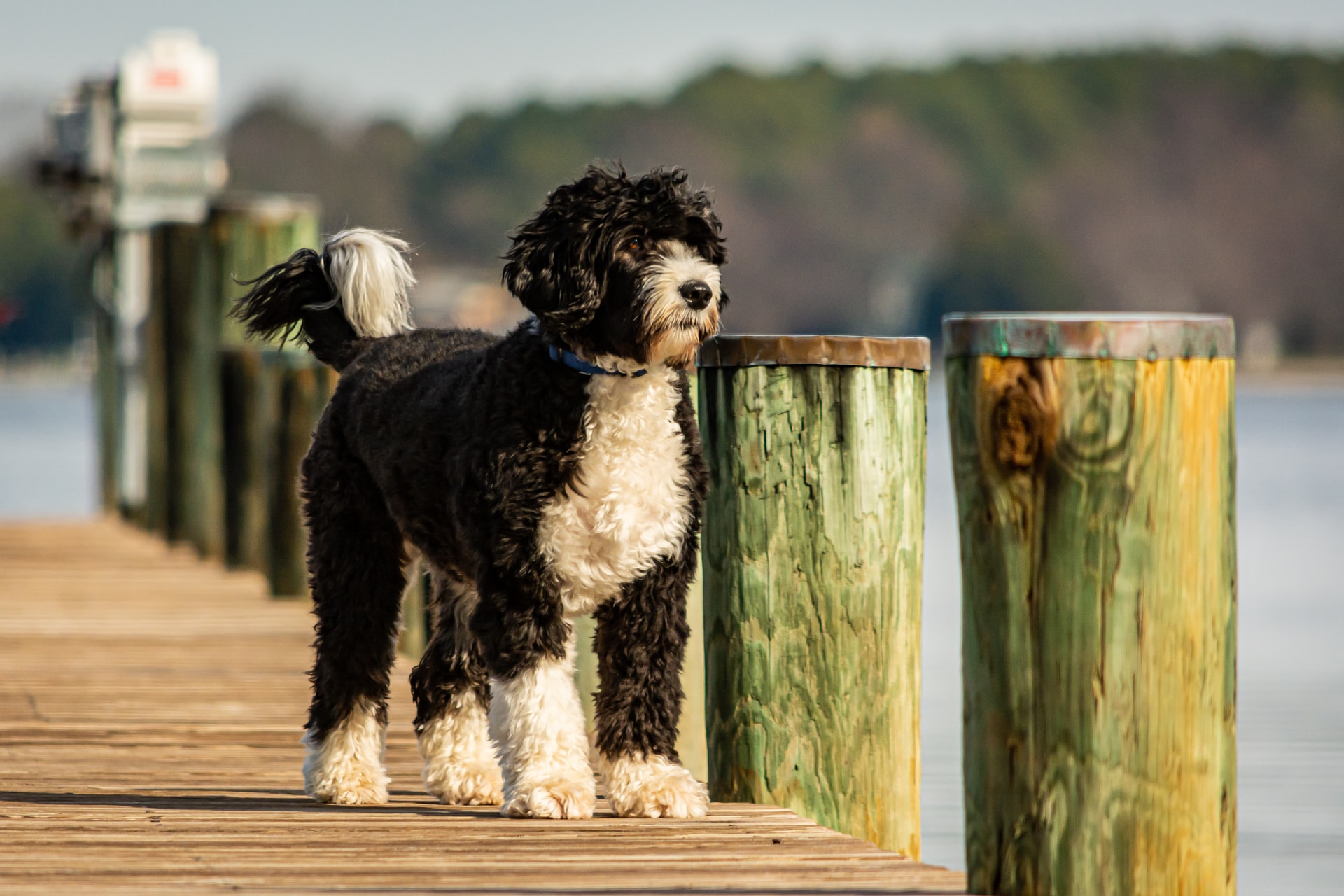Nothing could be more devastating for a pet lover than finding out that they have pet allergies. The thought of the difficulty of being around furry friends like dogs? Heartbreaking. We all know that dogs can truly be the best of friends. They simply are one of the greatest companions, and the thought of never getting the chance to experience what a blessing dogs can be will surely make the heart a bit heavy.
You’re probably here because you may want a dog, but are concerned about your allergies or those of a family member. Or you may have a dog and recently discovered that the reason for your sniffles and allergic reactions is because of your dog. Well, the good news is that dogs and people with allergies can live together!
There are several breeds that make a perfect match for dog owners whose allergies are easily triggered. Thousands of animal lovers around the world are allergic to their pets, but that hasn’t stopped many of them from finding a way to live with them.
Before we proceed to the guide, we’d like to clarify that “hypoallergenic dogs” is not an official term, but it is used around in the dog community.
“There is no truly hypoallergenic dog or cat,” according to Dr. Rachel Schreiber, an allergist in Rockville, Maryland. The term is to help classify dogs that tend to shed very little, therefore spreading less dander throughout your environment. However, hypoallergenic dogs will still shed some dander, but won’t affect you as much.
[Note: if you are allergic to dog saliva, hypoallergenic dogs are likely to affect your allergies the same as other dogs.]
We have put together a list of hypoallergenic dog breeds, as well as tips for living with dogs despite being allergic to them.
Here are some of the dog breeds you might want to consider adopting:
BICHON FRISE
Bred to be hypoallergenic, bichons are one of the American Kennel Club’s top picks for allergy sufferers. Their name is French for “fluffy white dog,” and it’s the perfect descriptor for the cuddly little cotton balls that are great for cozy or city living spaces.
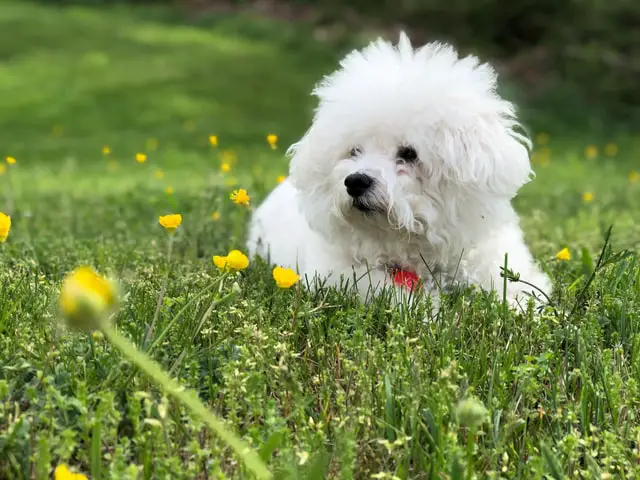
AFFENPINSCHER
Paw parents with allergies can do away with the tissue if they own an affenpinscher. These pups are not big shedders and grow a wiry coat, which means that the little amount of hair they shed isn’t as triggering as other hair types. They are also low-maintenance since they only require infrequent removal of dead hair.
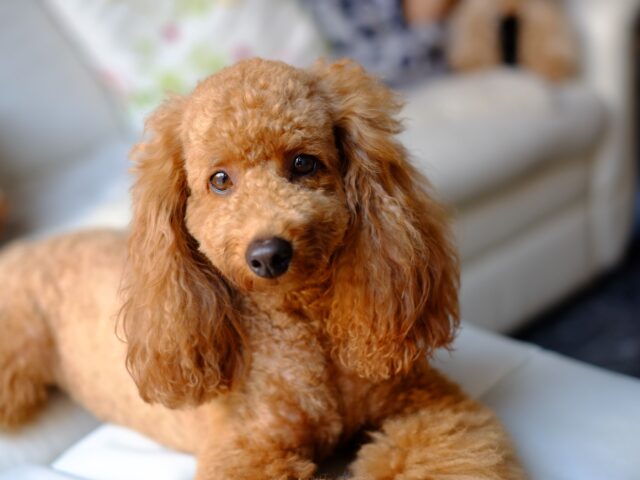
POODLE
These pups may look extremely hairy, but they are actually one of the best dogs for new owners, especially those who suffer from frequent allergic reactions. This breed grows curly and light-shedding coats. That being said, its curly hair can hold on to dead hair making them shed less and can be maintained simply by brushing and grooming.
PULI
Arguably one of the most unique dogs in terms of hair and coat. These pups both have an under and overcoat that grow together, forming a dreadlock-like coat. Of course, it is not to say that this breed does not shed, but because of its unique coat, the hair they lose gets trapped in the dreads resulting in lesser chances of causing an allergic reaction.
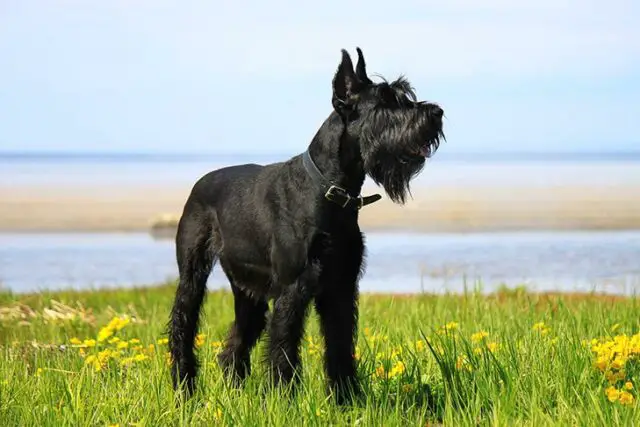
GIANT SCHNAUZER
This breed is perfect for those who want big dogs, and have mild allergy sensitivities to pets. As the breed name suggests, Giant Schnauzers are big dogs but they shed mildly despite their size. Paw parents whose allergies are triggered with dander also won’t have to worry about this breed as it can be controlled through regular brushing and grooming.
SPANISH WATER DOG
These playful canines don’t only make for an energetic companion, but also serve as one of the best hypoallergenic dogs. Its unique coat is characterized by its wooly and curly hair that somehow resembles that of the Puli. Its hair forms tight cords that make this breed shed less, being one of the best breeds for people with allergies.
YORKSHIRE TERRIER
Among one of the cutest breeds, these pups grow hair that is similar to human hair, making it less of an allergy agent than other breeds. It also doesn’t grow an undercoat that sheds, so maintaining them doesn’t require more than keeping them trimmed and groomed.
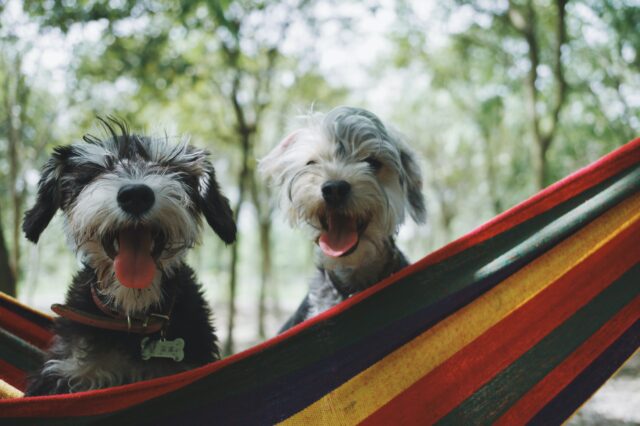
SHIH TZU
This breed is quite hairy, but much like the Yorkshire Terrier, these pups also grow the same type of hair that we humans have. That already means fewer chances of an allergic reaction. That being said, keeping Shih Tzu’s coat to a low-shedding state only requires regular brushing and grooming.
These are only a few of the numerous hypoallergenic dog breeds out there. Do note, however, that while they are hypoallergenic, it doesn’t mean they do not carry allergens. To call a dog hypoallergenic only means that they are less likely to trigger allergic reactions. If you have allergies and are considering being a dog owner, the best way to test out your compatibility with a pup is by spending some time with them.
LIVING WITH DOGS WHEN YOU HAVE PET ALLERGIES
Some people report developing immunity to their dogs. Others grow out of the allergy, but don’t depend on it if you’re getting a new dog. It is possible that an allergic reaction worsens with greater exposure. If you’re also a dog lover that wants to adopt any dog, regardless of their breed and if they’re hypoallergenic or not and are willing to make certain adjustments, here are ways you can adapt your lifestyle to better suit you and your dog:
- Add one or more air filters to your home. A good air filter is essential in any allergic household, whether or not pets are present.
- Remove carpeting from your home or try to vacuum it every two days. A carpet is one of the biggest allergen collecting items. With a pet, that effect can be intensified.
- Wash sheets and bedding that the pet lays, at least every week if possible. This includes your own, if your bed is also a welcome space for your pets. Make sure to vacuum or dust it every day.
- Bathe your dog or simply rinse your dog with plain water to reduce allergens. Even a dog with little dander will pick up allergens on his coat. Dust, pollen, and dirt all contribute to the “allergic” effect of a dog. Use plain water if your dog is not in need of a bath. When using shampoos and conditions, make sure they will not make your allergies worse. Perfume and dye-free shampoo and conditioner are best.
- Wash the walls, baseboards, and floors of your house with mild dish soap to remove accumulated dander from the environment. You can do this twice a month.
- Possibly restrict access to certain areas of the house. The allergic person’s bedroom is a definite no-dog zone.
- Regularly brush your dog. It helps get rid of the dander that gets onto your furniture and the air if left alone.
This can be quite challenging when you first read about it, but it’ll be a lot easier once you find your groove and build a routine around your pet allergies. At the end of the day, as a dog lover, this will all be worth it!

